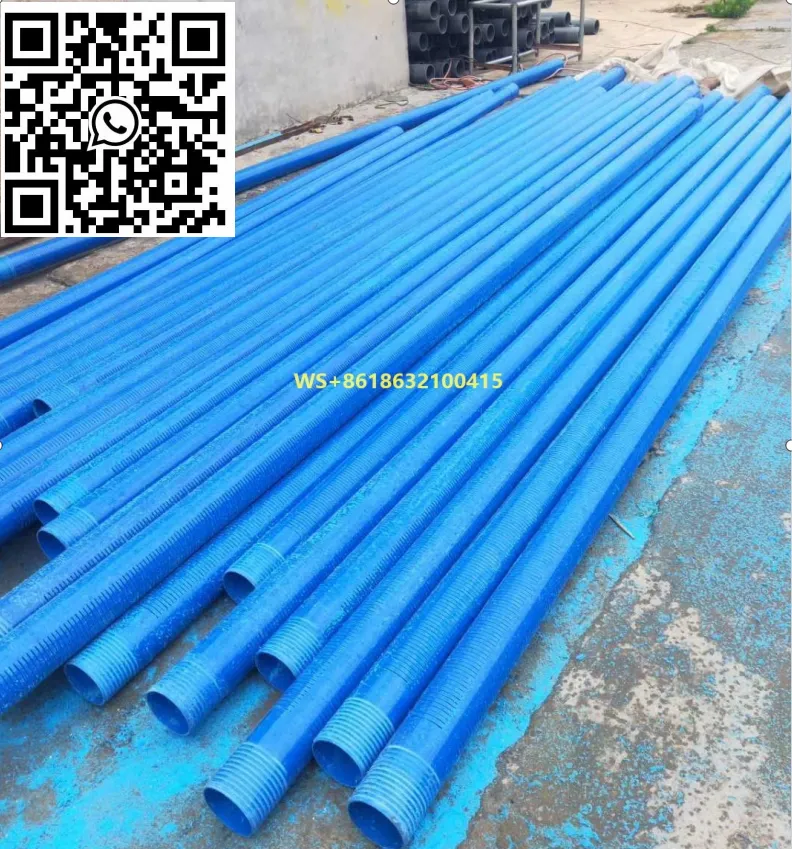Nov . 17, 2024 03:15 Back to list
hdpe irrigation pipe fittings products
Understanding HDPE Irrigation Pipe Fittings A Comprehensive Overview
In the realm of modern agriculture and landscaping, effective irrigation systems play a crucial role in ensuring that plants receive adequate water. One of the most significant components of these systems is the use of High-Density Polyethylene (HDPE) pipes and fittings. HDPE is widely recognized for its superior strength, durability, and flexibility, making it an ideal choice for irrigation applications. This article delves into the various aspects of HDPE irrigation pipe fittings, their benefits, types, and installation considerations.
What is HDPE?
High-Density Polyethylene (HDPE) is a thermoplastic polymer known for its high strength-to-density ratio. It is produced through the polymerization of ethylene and is characterized by its resistance to impact, moisture, and chemicals. These properties make HDPE a preferred material for pipes and fittings used in irrigation systems.
Benefits of HDPE Irrigation Pipe Fittings
1. Durability HDPE fittings are highly resistant to corrosion, cracking, and environmental stress, ensuring a long service life. This durability reduces the need for frequent replacements, providing significant cost savings over time.
2. Flexibility Unlike traditional materials such as metal or concrete, HDPE is flexible and can withstand pressure changes without breaking. This flexibility allows for easier installation, particularly in uneven terrains.
3. Lightweight HDPE fittings are considerably lighter than their metal counterparts, making them easier to handle and install. This lightweight nature also reduces transportation costs.
4. Chemical Resistance HDPE does not react with most chemicals, making it suitable for conveying various agricultural chemicals, fertilizers, and water without the risk of contamination.
5. Environmentally Friendly HDPE is recyclable, making it a sustainable choice for irrigation systems. Its production and disposal have minimal environmental impacts compared to traditional materials.
Types of HDPE Irrigation Pipe Fittings
HDPE irrigation pipe fittings come in various shapes and sizes, designed to accommodate different irrigation systems. Some of the most common types include
1. Elbows These fittings are used to change the direction of the pipe, allowing for flexibility in the layout of the irrigation system.
hdpe irrigation pipe fittings products

3. Reducers Reducer fittings are utilized to connect pipes of different diameters, ensuring a smooth transition and efficient water flow.
4. Couplings Couplings are used to join two sections of pipe together, providing a secure connection.
5. End Caps These fittings are used to seal the end of a pipe, preventing water from escaping and ensuring the system operates efficiently.
Installation Considerations
Installing HDPE irrigation pipe fittings requires careful planning and execution to ensure optimal performance. Here are some critical considerations
1. Proper Tools Specialized tools such as fusion machines, pipe cutters, and alignment tools are essential for a successful installation. Using the right tools ensures that joints are secure and leak-free.
2. Site Evaluation Before installation, it is crucial to evaluate the site conditions, including soil type, water pressure, and existing infrastructure. This assessment helps in designing an efficient irrigation layout.
3. Pipe Sizing Selecting the correct pipe diameter and thickness is vital for maintaining adequate water pressure and flow rates. Consulting with irrigation specialists can provide insights into the best choices for specific applications.
4. System Testing Once the installation is complete, conducting a thorough system test is essential to identify any leaks or pressure issues. This step ensures that the irrigation system functions optimally from the start.
5. Maintenance Regular maintenance of HDPE fittings, including inspections for wear and tear, can prolong the lifespan of the irrigation system. It is essential to address any issues promptly to avoid costly repairs or replacements.
Conclusion
HDPE irrigation pipe fittings are essential components of modern irrigation systems, offering numerous advantages such as durability, flexibility, and ease of installation. Understanding the various types of fittings and their applications can significantly enhance the efficiency of irrigation systems, ultimately leading to better water management in agriculture and landscaping. As sustainable practices become increasingly important, the use of HDPE materials represents a positive step toward more eco-friendly irrigation solutions. By investing in quality HDPE pipe fittings, farmers and landscapers can ensure that their irrigation systems are not only effective but also resilient for years to come.
-
32mm HDPE Pipes Coil: Durable & Flexible Water Supply
NewsAug.05,2025
-
DN100 PVC Well Casing Pipes | Durable Corrosion-Proof
NewsAug.04,2025
-
HORON 25mm PPR Plumbing Pipes - AI-Enhanced & Reliable
NewsAug.03,2025
-
HORON 25mm PPR Pipes - AI-Optimized Plumbing Excellence
NewsAug.02,2025
-
Premier HDPE Sprinkler Pipe Manufacturers | Durable Solutions
NewsAug.01,2025
-
DN500 HDPE Double Wall Corrugated Drain Pipes | Durable & Efficient
NewsJul.31,2025

